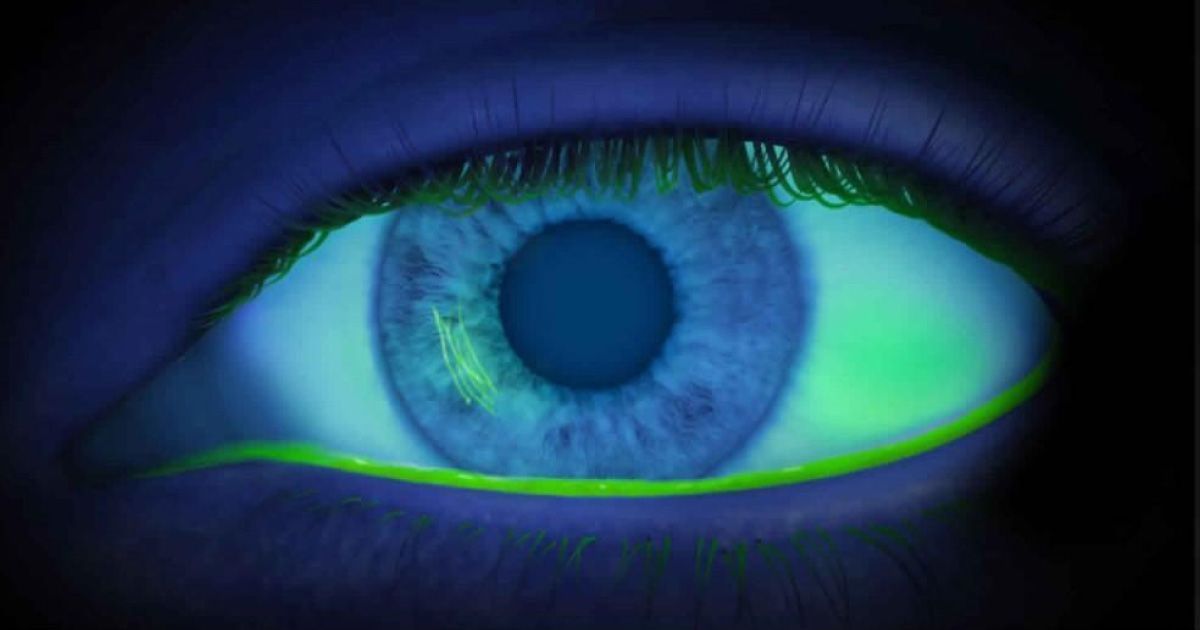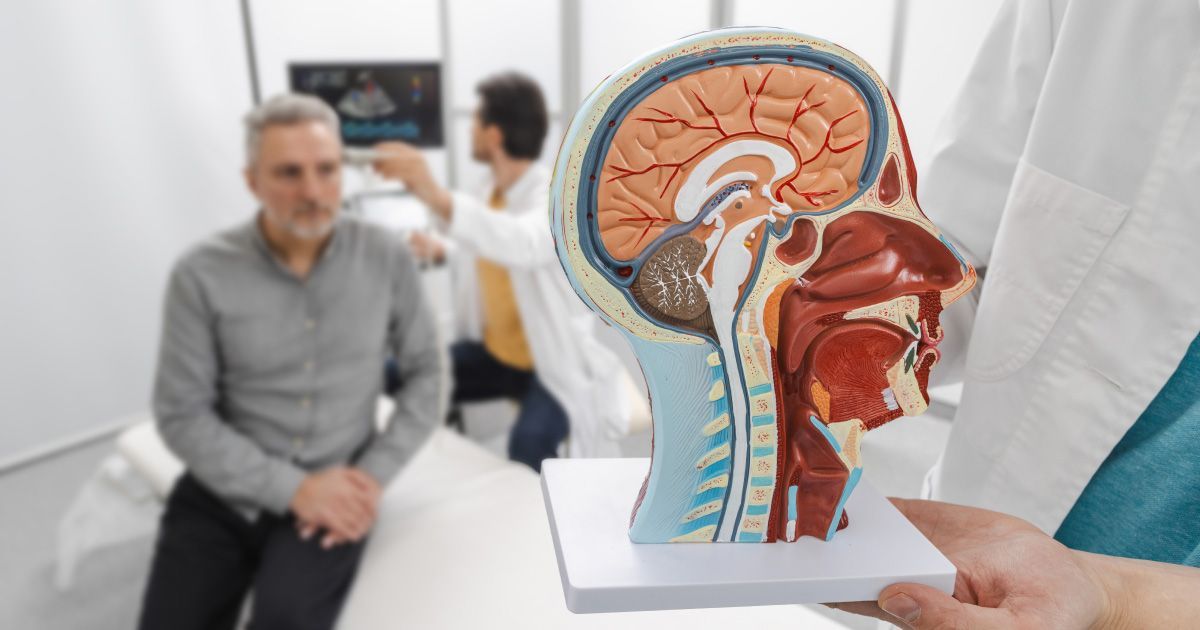From Reading Stones to Smart Lenses: The Journey of Vision Correction

Read time: 5 minutes
The story of corrective lens technology is a testament to human ingenuity, spanning from ancient craftsmen to modern scientists. This journey has transformed crude pieces of quartz into sophisticated optical devices that not only correct vision but enhance our interaction with the world.
Ancient Beginnings
The earliest known vision aids weren't glasses at all, but rather reading stones – clear quartz crystals placed on reading material to magnify text. Around 1000 CE, these simple magnifiers were being used by scholars across Europe and Asia. The Vikings even crafted reading stones from rock crystal, demonstrating that the need for vision correction crossed cultural boundaries.
The Birth of Eyeglasses
The real breakthrough came in 13th century Italy, where artisans in Venice and Florence began crafting the first wearable eyeglasses. These early specs were simply two magnifying glasses connected by a bridge balanced on the nose. They weren't pretty or particularly comfortable, but they revolutionized reading and detailed work for aging craftsmen and scholars.
Materials Matter
The evolution of lens materials tells its own fascinating story:
- Early glass lenses were thick, heavy, and full of imperfections
- The invention of crown glass in the 17th century allowed for clearer, thinner lenses
- Plastic lenses emerged in the 1940s, making glasses lighter and more affordable
- Modern high-index materials can create incredibly thin lenses even for strong prescriptions
The Science Takes Shape
By the 18th century, scientists began understanding the physics of vision correction. Benjamin Franklin invented bifocals, addressing the need to see both near and far with a single pair of glasses. This innovation paved the way for progressive lenses, which provide seamless transition between different visual ranges.
Here's some interesting info about this discovery from History.com.
Modern Innovations
Today's corrective lens technology includes:
- Photochromic lenses that darken in sunlight
- Anti-reflective coatings that reduce glare and eye strain
- Digital lens designs optimized for computer use
- Impact-resistant materials for safety and sports
The Digital Revolution
Computer modeling and digital manufacturing have transformed how lenses are made. Each lens can now be customized to an individual's exact prescription, face shape, and lifestyle needs. Free-form digital surfacing allows for microscopic adjustments that were impossible just decades ago.
Beyond Traditional Correction
Advancements in lens technology are based on real research and developments, though some are still in experimental or early commercial stages. Here’s a breakdown of their current status:
- Smart contact lenses that monitor health conditions – Researchers are developing lenses capable of measuring glucose levels (for diabetics) and intraocular pressure (for glaucoma patients). Some prototypes exist, but widespread availability is still in progress.
- Lenses that adapt to different lighting conditions electronically – Liquid crystal and electrochromic lenses are being developed to change tint instantly, offering a step beyond traditional photochromic lenses. Some models have been introduced but are not yet mainstream.
- Augmented reality (AR) integration – AR-enabled smart glasses exist, but full AR contact lenses are still in the early stages of testing and development.
- Bio-responsive materials that adjust to your eyes' changing needs – Research is exploring self-moisturizing lenses and those that can adjust optical properties based on tear composition, but these innovations are still largely in research phases.
Looking to the Future
Future advancements are based on real research and ongoing technological developments. Some are still in experimental or early commercial stages.
- Self-adjusting lenses that adapt to vision changes – Researchers are working on auto-focusing lenses that adjust dynamically based on where you look, using liquid crystal or fluid-filled lens technology. These could be especially useful for presbyopia.
- Implantable corrective devices – Intraocular lenses (IOLs) are already used for cataract surgery, and research continues into permanent implantable lenses for vision correction beyond LASIK or PRK.
- Integration with artificial intelligence for dynamic vision enhancement – AI is being explored in vision technology, including smart glasses that enhance low vision and AI-powered diagnostics in optometry, but fully AI-integrated lenses are still in development.
- Sustainable and biodegradable lens materials – Biodegradable contact lenses and eco-friendly eyewear materials are becoming more common as sustainability in the optical industry gains traction.
The Human Impact
Perhaps the most remarkable aspect of this evolution is its impact on human potential. From enabling Renaissance artists to paint intricate details to helping modern professionals work comfortably with digital devices, corrective lens technology has expanded the boundaries of human capability.
The Takeaway
The evolution of corrective lenses represents more than just technological progress – it's a story of how human innovation has consistently worked to overcome natural limitations. As we look to the future, the possibilities seem limitless, promising even more remarkable advances in how we see and interact with our world.
The journey from simple reading stones to smart lenses reminds us that vision correction is not just about seeing clearly – it's about expanding human potential and opening new possibilities for how we experience the world around us.
Discover how today’s eyewear innovations can transform your vision and elevate your lifestyle. Visit Urban Optiks Optometry to explore cutting-edge lens technologies, personalized care, and a curated collection of handcrafted eyewear. Your next vision breakthrough starts here.
Share this blog post on social or with a friend:
The information provided in this article is intended for general knowledge and educational purposes only and should not be construed as medical advice. It is strongly recommended to consult with an eye care professional for personalized recommendations and guidance regarding your individual needs and eye health concerns.
All of Urban Optiks Optometry's blog posts and articles contain information carefully curated from openly sourced materials available in the public domain. We strive to ensure the accuracy and relevance of the information provided. For a comprehensive understanding of our practices and to read our full disclosure statement, please click here.


















